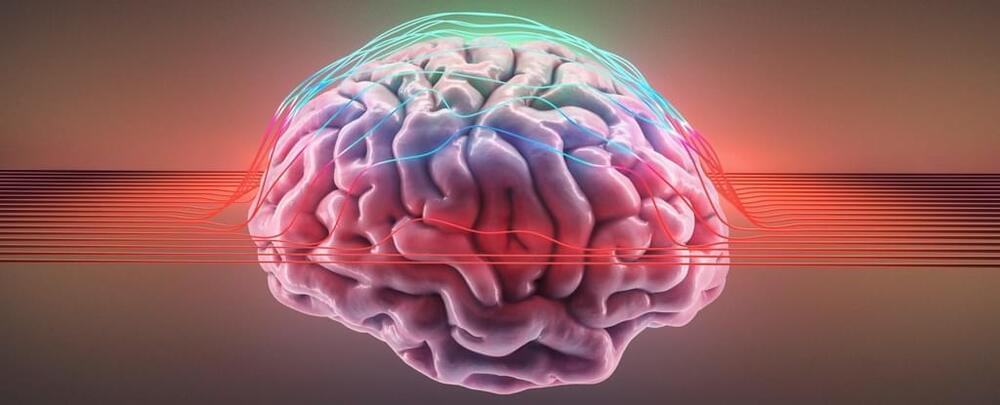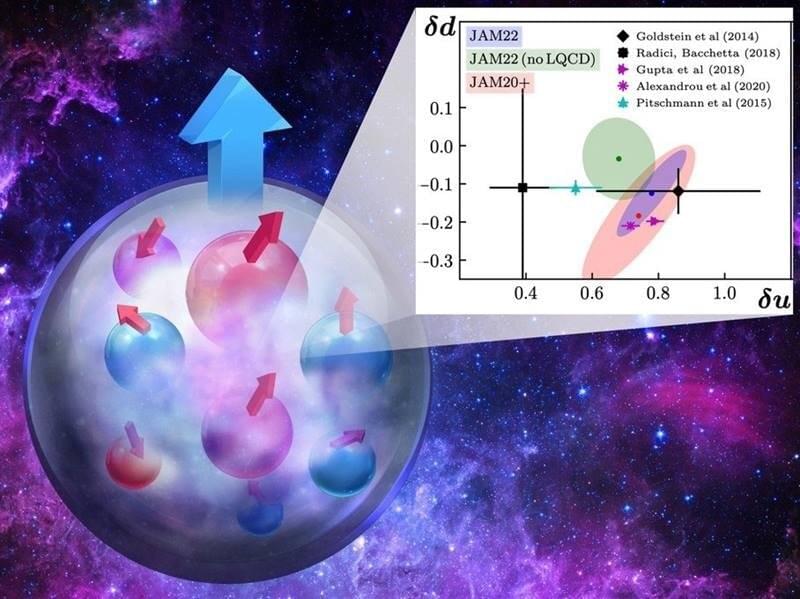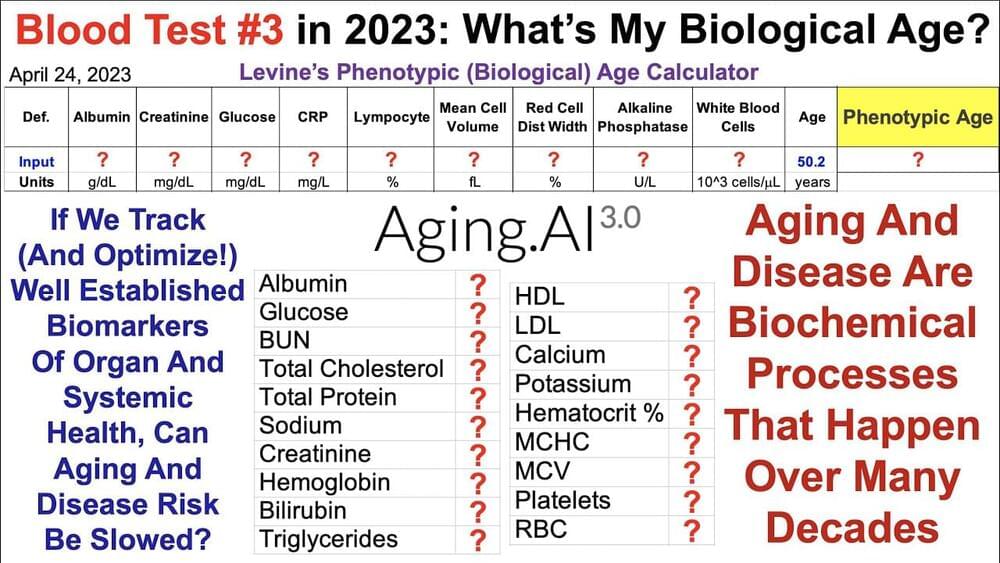Scientists in Brazil may have observed the first example of an amphibian pollinating a flowering plant.
A fast-food chain struggling to hire staff is using AI to help fill the gaps at the drive-thru.
For more Local News from KPHO: https://www.azfamily.com/
For more YouTube Content: https://www.youtube.com/channel/UCIrgpHvUm1FMtv-C1xwkJtw
The state of perfect stillness known as absolute zero is one of the Universe’s impossible achievements. As close as we can get, the laws of physics will always prevent us from hitting thermal rock bottom.
An international team of researchers has now identified a new theoretical route to reach the mythical mark of zero Kelvin, or-273.15 degrees Celsius (−459.67 degrees Fahrenheit). No, it’s not more likely to break any laws and remove every last shimmer of heat, but the framework could inspire new ways of exploring matter at low temperatures.
As a consequence of the third law of thermodynamics, the removal of increments of heat energy from a group of particles to cool them to absolute zero will always take an infinite number of steps. As such, it requires an infinite amount of energy to achieve. Quite the challenge.
Like treasured recipes passed down from generation to generation, there are just some regions of DNA that evolution doesn’t dare tweak. Mammals far and wide share a variety of such encoded sequences, for example, which have remained untouched for millions of years.
Humans are a strange exception to this club. For some reason, recipes long preserved by our ancient ancestors were suddenly ‘spiced up’ within a short evolutionary period of time.
Because we’re the only species in which these regions have been rewritten so rapidly, they are called ‘human accelerated regions’ (or HARs). What’s more, scientists think at least some HARs could be behind many of the qualities that set humans apart from their close relatives, like chimpanzees and bonobos.
An international team of scientists has imaged and analyzed THz waves that propagate in the form of plasmon polaritons along thin anisotropic semiconductor platelets with wavelengths reduced by up to 65 times compared to THz waves in free space.
What’s even more intriguing is that the wavelengths vary with the direction of propagation. Such THz waves can be applied for probing fundamental material properties at the nanometer scale and pave the way to the development of ultra-compact on-chip THz devices. The work has been published in Nature Materials.
Polaritons are hybrid states of light and matter that arise from the coupling of light with matter excitations. Plasmon and phonon polaritons are among the most prominent examples, formed by the coupling of light to collective electron oscillations and crystal lattice vibrations, respectively.
Inside the proton are elementary particles called quarks. Quarks and protons have an intrinsic angular momentum called spin. Spin can point in different directions. When it is perpendicular to the proton’s momentum, it is called a transverse spin. Just like the proton carries an electric charge, it also has another fundamental charge called the tensor charge. The tensor charge is the net transverse spin of quarks in a proton with transverse spin.
The only way to obtain the tensor charge from experimental data is using the theory of quantum chromodynamics (QCD) to extract the “transversity” function. This universal function encodes the difference between the number of quarks with their spin aligned and anti-aligned to the proton’s spin when it is in a transverse direction. Using state-of-the-art data science techniques, researchers recently made the most precise empirical determination of the tensor charge.
Due to the phenomenon known as confinement, quarks are always bound in the proton or other hadrons (particles with multiple quarks). The challenge is to connect the theory of quark interactions (QCD) to experimental measurements of high-energy collisions involving hadrons.
Graphene is a special material. Among its many talents, it can act as a superconductor, generate a super-rare form of magnetism, and unlock entirely new quantum states.
Now graphene has another amazing credit: it can record levels of magnetoresistance without a need to push the temperature down towards absolute zero.
High magnetoresistance – a material’s ability to change its electrical resistance in response to a magnetic field – is relatively rare, yet materials that can shift their properties in this fashion are useful in computers, cars, and medical equipment.
Join us on Patreon!
https://www.patreon.com/MichaelLustgartenPhD
Discount Links:
NAD+ Quantification: https://www.jinfiniti.com/intracellular-nad-test/
Use Code: ConquerAging At Checkout.
Green Tea: https://www.ochaandco.com/?ref=conqueraging.
Oral Microbiome: https://www.bristlehealth.com/?ref=michaellustgarten.
Epigenetic Testing: Trudiagnostic.pxf.io/R55XDv.
Use Code: CONQUERAGING
At-Home Blood Testing: https://getquantify.io/mlustgarten.
The Code Interpreter is probably the most interesting ChatGPT plugin of OpenAI and opens up completely new capabilities for the Chatbot.
At the end of March, OpenAI introduced a groundbreaking new feature for ChatGPT: Plugins. One of them is a so-called Code Interpreter. With it, the language model can not only generate code, but also execute it independently.
As with Auto-GPT, the busy developer community has found exciting use cases for this technology in a very short time. Especially for data journalism and similar data-based analysis, the tool seems to open up completely new possibilities. This is also due to the possibility of uploading and downloading files up to 100 MB in size.
And it would be hilarious too.
Google has been warned by one of its engineers that the company is not in a position to win the artificial intelligence race and could lose out to commonly available AI technology.
A document from a Google engineer leaked online said the company had done “a lot of looking over our shoulders at OpenAI”, referring to the developer of the ChatGPT chatbot.








